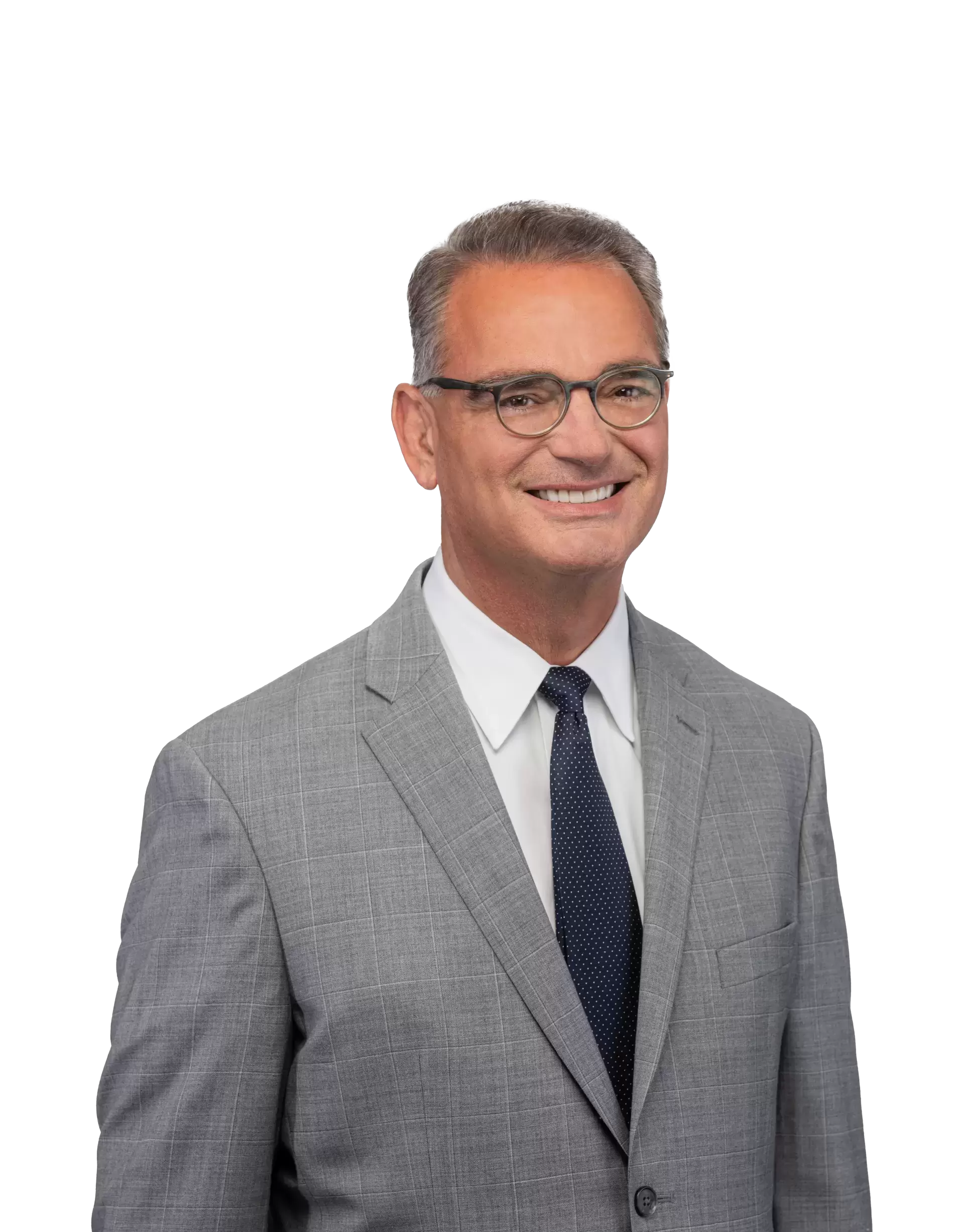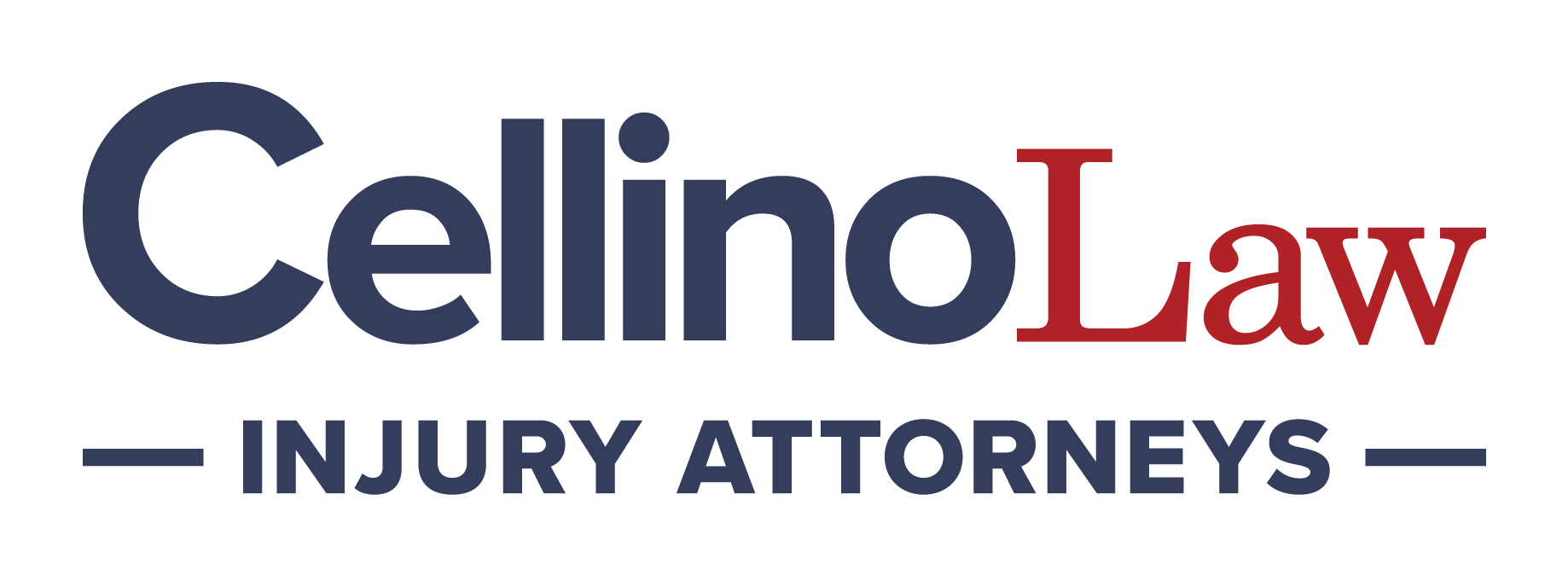 September 14, 2024
|
Reading Time: 7 min
September 14, 2024
|
Reading Time: 7 min
In personal injury claims, understanding how insurance policy limits impact the compensation you can receive is vital. Insurance policy limits are essentially the maximum amount an insurer will pay for a covered loss. They play a significant role in determining the outcome of personal injury claims, whether the injury is from a car accident, a slip and fall, or any other incident caused by someone else’s negligence.
Understanding Insurance Liability Policy Limits
Insurance policies typically have two key components related to limits: per-person limits and per-accident limits. These liability policy limits dictate how much the insurance company will pay, depending on the circumstances of the claim.
Per-Person Limit
The per-person limit specifies the maximum amount the insurer will pay for one individual’s injuries in an accident caused by the insured.. For example, if the at-fault driver’s auto insurance policy has a per-person bodily injury liability limit of $50,000, the insurance company will cover up to $50,000 for injuries sustained by any one person involved in the accident.
Per-Accident Limit
The per-accident limit represents the total amount an insurer will pay for all individuals injured in a single incident. Let’s say an insurance policy has a per-accident limit of $100,000, and several people are injured in a car crash caused by the insured. The total payout for all injured parties cannot exceed $100,000, regardless of the number of people involved or the severity of their injuries.
These limits apply to most types of liability insurance policies, including auto, homeowner’s, and commercial insurance.
Types of Insurance Coverage That May Affect Personal Injury Claims
There are several types of insurance that may apply to a personal injury claim, depending on the type of accident. These coverages can include:
- Auto Insurance: In motor vehicle accidents, auto insurance typically plays the most critical role. This may include bodily injury liability coverage, property damage coverage, and uninsured/underinsured motorist coverage.
- Homeowner’s or Renter’s Insurance: In cases where an injury occurs on someone else’s property, the homeowner’s or renter’s insurance policy could cover medical expenses and all damages resulting from the injury.
- Commercial Insurance: If you’re injured on commercial property or due to a business’s operations, the company’s commercial liability insurance may be responsible for covering your damages.
Each of these types of insurance policies has its own policy limits, which directly impact the compensation available in a personal injury claim.
How Policy Limits Impact Settlement Negotiations
Insurance policy limits establish the maximum amount that can be paid in a personal injury claim, which can significantly influence the negotiation process. Even if your medical expenses, lost wages, and other damages far exceed the policy limits, the insurer is only liable to pay up to the limit specified in the policy.
Maximizing Recovery Within Policy Limits
If the at-fault party’s insurance policy limits are sufficient to cover your damages, negotiations typically focus on obtaining the full amount you’re entitled to within those limits. For example, if your damages amount to $40,000 and the per-person policy limit is $50,000, there is room to negotiate a settlement that covers all of your losses.
When Damages Exceed Policy Limits
If your damages exceed the available policy limits, the insurance company may offer to settle for the full amount of the policy limits. In these cases, insurers often act quickly to avoid further litigation that could expose them to bad faith claims. However, when the policy limits are insufficient, you may need to explore other avenues to recover the remaining damages.
What Happens When Your Damages Exceed Policy Limits?
When your damages are greater than the policy limits, recovering the full amount of your losses becomes more complex. Here are some common options to consider:
Underinsured Motorist Coverage (UIM) or Supplementary Underinsured Motorist COverage (SUM)
Suppose your injury occurred in a car accident and the at-fault driver’s insurance policy is inadequate to cover your damages. In that case, your own underinsured motorist UIM/SUM coverage may step in. UIM/SUM coverage helps bridge the gap between the at-fault party’s insurance policy limits and your total damages, up to your own UIM/SUM policy limit.
For instance, if the at-fault driver’s policy only provides coverage of $50,000 and that is offered to you as a settlement but you have damages of $100,000, your UIM/SUM coverage could pay the remaining $50,000 ($100,000 minus the $50,000 recovered), depending on your policy’s limits.
Uninsured Motorist Coverage (UM)
In cases where the at-fault driver has no insurance, uninsured motorist (UM) coverage protects you. This type of insurance allows you to recover damages from your own insurer when the responsible party is uninsured. It essentially replaces the role of the other driver’s insurance and can be a crucial safety net.
Umbrella Insurance Policies
Some individuals or businesses carry umbrella policies, which provide additional liability coverage beyond the limits of a standard insurance policy. For instance, a business may have general liability coverage with a limit of $500,000 but also carry an umbrella policy that adds an additional $1 million in coverage. If your damages exceed the limits of the primary insurance policy, the umbrella policy can offer additional compensation.
Suing the At-Fault Party Personally
You can pursue a lawsuit directly against the at-fault party for amounts that exceed their insurance policy limits. However, this is often a difficult path, as many individuals and businesses lack the financial resources to pay a large judgment above the insurance policy limit. Even if you win the case, collecting the money could prove challenging and practically impossible. It’s important to weigh the cost and likelihood of success before choosing this option.
Bad Faith and Insurance Policy Limits
Insurance companies are required to act in good faith when handling claims, which includes settling claims within policy limits when appropriate. If the insurer refuses to settle a claim within the policy limits and the case goes to trial, the insurance company may be exposed to liability beyond those limits if they are found to have acted in bad faith.
In a bad faith case, the insurer’s failure to settle within the policy limits could lead to them being held responsible for the full amount of the judgment, even if it exceeds the policy limits. This can occur if the insurance company unreasonably refuses to settle, putting the insured party at risk for a judgment higher than the policy limits.
Steps to Take When Dealing with Insurance Policy Limits
When pursuing a personal injury claim, it’s important to be proactive about understanding the insurance policy limits involved in your case. Here are some key steps to follow:
Determine the At-Fault Party’s Policy Limits
The first step is to determine what the at-fault party’s insurance policy covers. Your attorney can send a demand letter requesting the policy limits, or you can obtain this information during the discovery process if a lawsuit is filed. In many states, the insurance company must disclose the policy limits when it’s clear that the claim may exceed those limits.
Evaluate Your Own Coverage
Review your own insurance policies to determine whether you have uninsured or underinsured motorist coverage or an umbrella policy that may provide additional compensation in the event the at-fault party’s coverage is insufficient.
Consult with an Attorney
Navigating insurance policy limits and pursuing additional avenues of compensation can be complicated. An experienced personal injury attorney can guide you through the process, ensuring that you understand your rights and options. They can also help with settlement negotiations, ensuring that the insurer offers a fair amount within the policy limits and, if necessary, pursuing a bad faith claim.
Injured? Call Cellino Law
Whether the injury occurred in a car accident, on someone’s property, or in a commercial setting, understanding the insurance policy limits and how they affect your claim is essential for obtaining fair compensation. While policy limits may cap the amount an insurer is obligated to pay, there are often additional options available, such as uninsured/underinsured motorist coverage or umbrella policies.
If you’ve been injured in a car accident, you know who to call. The team at Cellino Law is here to answer any of your questions and help you to navigate the claims process after an accident. For a free case consultation, call us at 888-888-8888.

Content checked by the personal injury attorney Ross Cellino. As a family man and a trial attorney, I pride myself on winning cases and serving the community. With over 35 years of experience, I understand the function of a jury, how juries arrive at conclusions, and the role that the jury plays in administering justice. I know how to win cases. You can find us in Manhattan, Buffalo, Melville, Rochester, Brooklyn, The Bronx, Queens and other locations throughout New York.

